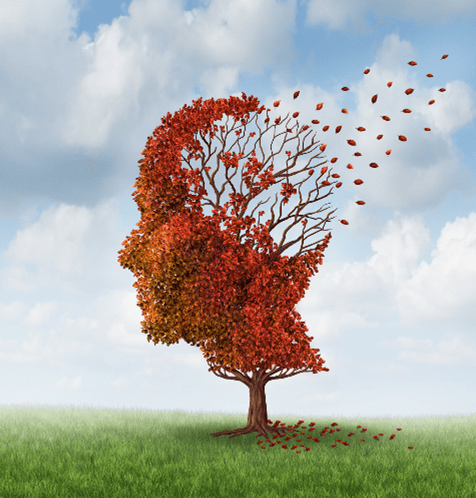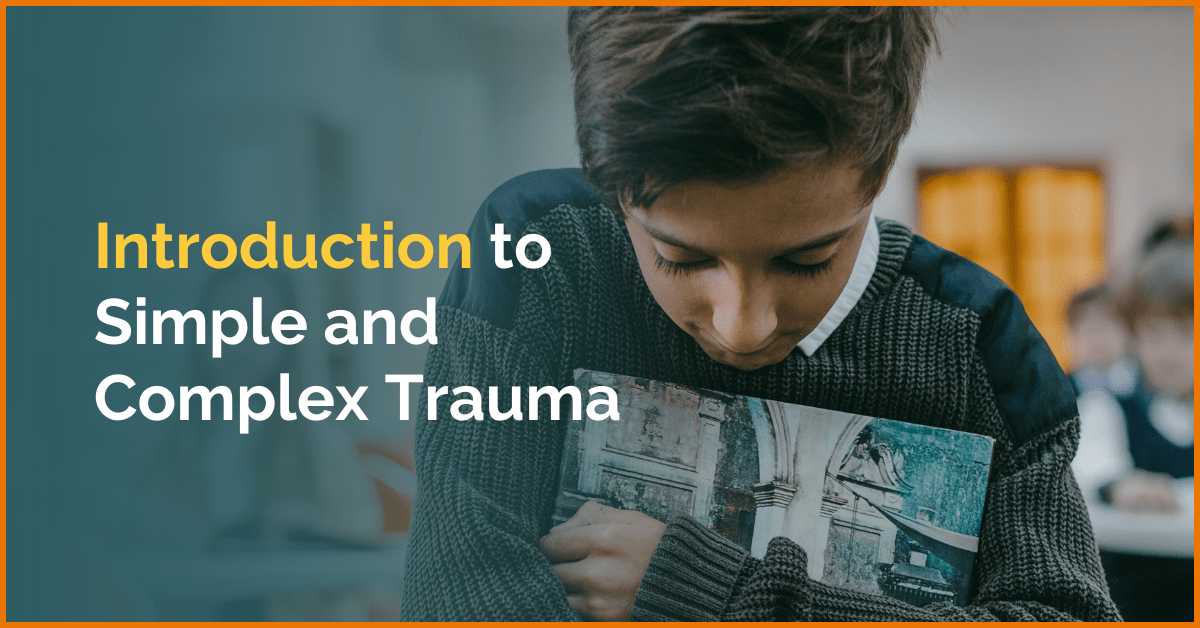The Difference Between Simple and Complex Trauma
Trauma is one of those words, just liked ‘triggered’, which is becoming more common to hear in everyday language. But what does it mean in a technical sense?
What does trauma feel like for someone going through it? How does it impact affect their behaviour? Affect their brain development? Impact their decision-making?
Well, if you’re wondering all these things, you’re in the right place! The articles explains the difference between simple and complex trauma.
What Does Trauma Mean in Simple Terms?
Trauma is an overwhelming experience. It shocks someone to the point that their senses and thoughts can’t cope and they are often left feeling helpless and defenceless in the moment.
What's the Definition of Trauma?
One of the definitions we like to use is that trauma was something that:
- Causes a real or perceived threat to a person
- Overwhelmed the ability to think and cope in the moment
- Caused an overwhelming sense of emotion(s)
When all three factors happen together, the experience is traumatic.
The last point, about being overwhelmed is very important and you’ll learn more why about being overwhelmed in the moment has such a lasting impact in our course.
What’s the Difference Between Simple and Complex Trauma?
A common approach is to describe trauma as either “Simple” or “Complex” in origin.
Simple Trauma is where the trauma was caused by a one-off occurrence. Of course, the effects from one traumatic event can be devastating, but the focus here is on the frequency of trauma, not how severe it is.
The death of a parent one is an example of simple trauma – it’s a horrendous experience when going through it and the whole world changes for a while, but generally with time and help, a full-recovery is made that allows you to enjoy your life again.




1. True Triggers
Complex Trauma is where the trauma is recurring and experienced over a long period of time. Examples of complex trauma often include things like domestic violence, bullying, child neglect, emotional abuse and ongoing sexual abuse.
Because complex trauma occurs over longer periods of time – it is more often associated with changes to a person’s body and how they perceive the world. The impacts of complex trauma are generally longer-lasting and the people recovering from it will require more help over a longer period of time.
How Does Trauma Affect the Brain?
Trauma can affect the brain at any age, but the impacts are largest in younger children.
In the early years of life there are lots of key events and milestones and brain development happens rapidly in the early years, with the growth rate slowing down noticeably at about 6 years old.
A child’s vision structures are developed while growing up. This guides their emotional intelligence and teaches them how to decode the facial expressions of the people around them. Linked to this is an understanding about body language and how a child can get clues to what is about to happen based on the movements, tone and body language they observe.
With this in mind, it’s no surprise that children who experience trauma develop a heightened sense of awareness that continually scans people’s body language, behaviour, tone and intentions over and over again. After all, the earlier they can detect the possible threat, the better their chances of avoiding any further trauma.
One characteristic of complex trauma is a heighted state of arousal. That’s a fancy way of saying the trauma survivor is used to being on alert – constantly scanning for possible threats even when you wouldn’t expect it.








How Hyper-Arousal Causes Chemical and Developmental
Changes in the Body
Numerous studies illustrate that trauma causes the brain to develop in a different way.
The parts of the brain used the most grow larger while those used less develop to a lesser extent. For children and teens experiencing trauma, this can mean the part of the brain called the amygdala which controls our fear-response mechanisms, is often larger than in non-traumatised people. Meanwhile, the cerebral cortex where our in-depth thinking takes place can be smaller compared to the wider population.
By being regularly on alert status, the brain is being wired and built to continually focus on the fight, flight or freeze response, to prioritise safety and survival. As a result, the areas of the brain critical for social functioning and reasoning do not reach their full potential.
Understanding the trauma-survivor is likely continuing scanning their environment – even without being aware they do it – shows the importance of adopting a trauma-informed care style of communication that builds trust, rapport and promotes a sense of safety.







